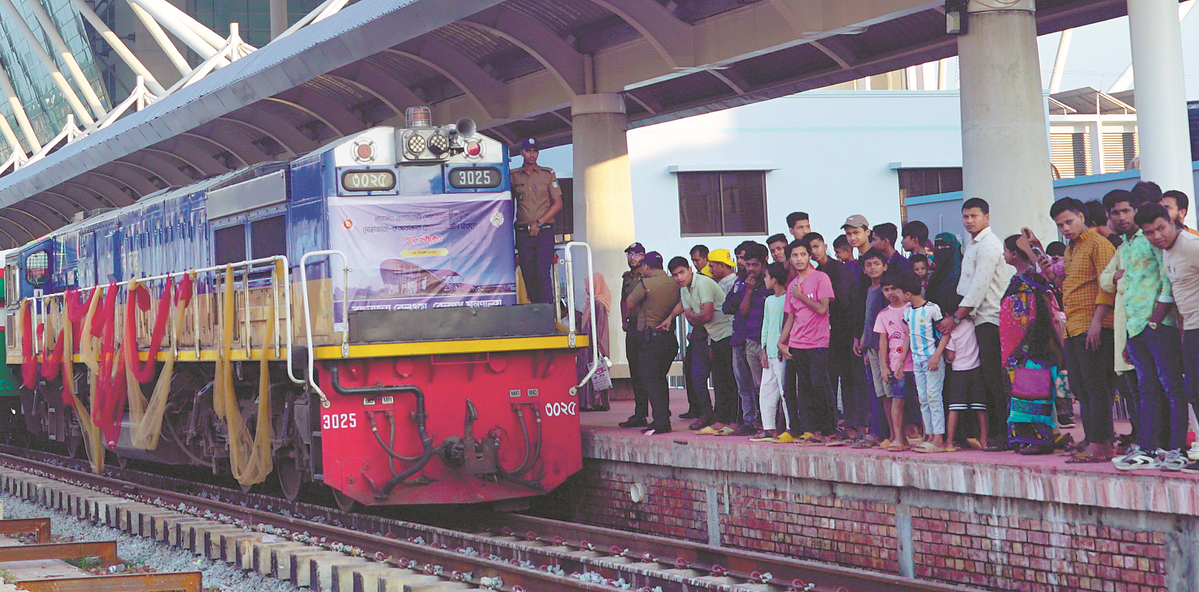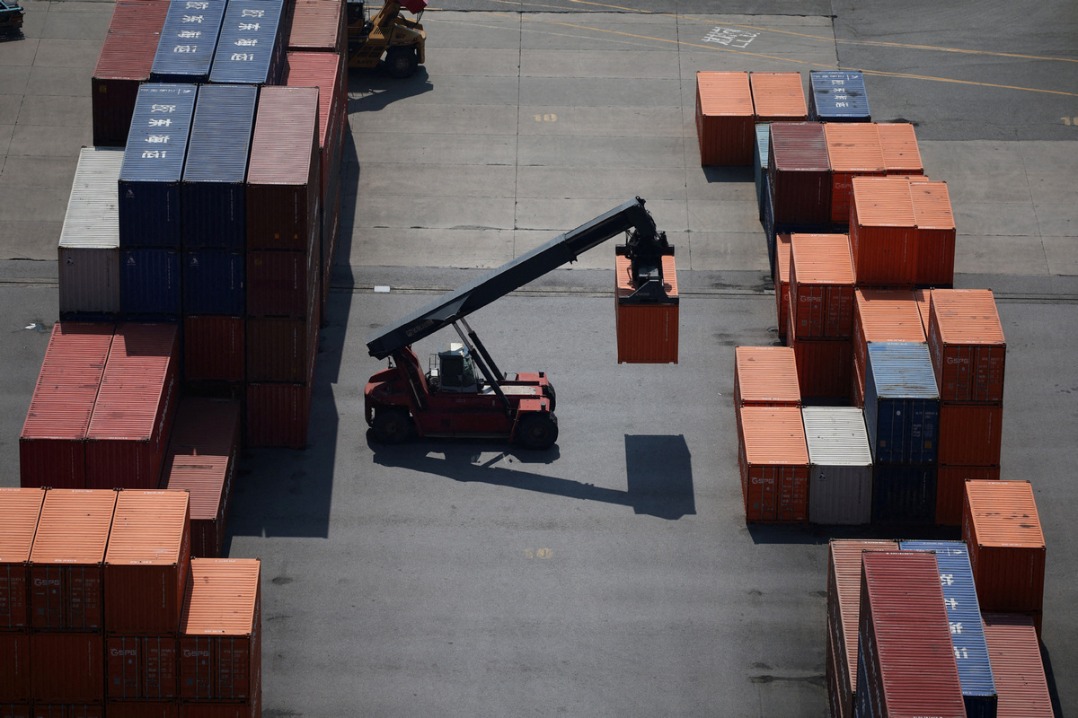Nation can help South Asia build road to prosperity


Connectivity has played a key role in the massive growth of the world economy. Since 1970, the modernization of connectivity tools has accelerated the world's move toward globalization. Rapid digitalization — which put the world market at our fingertips — revolutionized the concept of connectivity. Driven by connectivity, globalization has transformed the world economy, fostering growth, development and numerous benefits. Now the world is reaping the rewards of connectivity. World Bank data shows that the global GDP grew from $3 trillion in 1970 to a projected total of $110 trillion in 2025.
Unsurprisingly, regions with better connectivity and supporting policies benefited the most from globalization. Such connectivity helped them to deepen integration, which in turn facilitated the development of value chains, enabling the free movement of goods, services and human capital. These factors collectively contributed to rapid growth, decent livelihood opportunities, improvements in living standards and the overall betterment of society. Prominent examples include the European Union and the Association of Southeast Asian Nations. Now, they are reaping the benefits of their efforts and are regarded as icons of economic development.
The opportunity to benefit from globalization was available for the South Asian region too. Blessed with diverse geography, abundant natural resources, fertile lands, perennial rivers, resource-rich and strategically located seas, and, most importantly, a young population, the region was well-positioned to benefit from globalization. Fertile lands can help the region become the world's food basket and the most food-secure area. Resource-rich seas present an opportunity for capitalizing on the emerging blue economy. Geography can attract tourists from around the world. Most importantly, countries in the region have strong potential to develop regional value chains, which could bring significant benefits.
Unfortunately, South Asia failed to comprehend the crucial role of integration and connectivity in securing sustainable development and peace. This lack of understanding in a globalized world left the region unable to benefit from its strategic location. Closed-door connectivity, loose integration and political differences, among other factors, further hindered connectivity and integration.
But South Asian countries had sought to enhance regional connectivity and integration. The South Asian Association for Regional Cooperation has long been in place to promote cooperation and improve connectivity.
The SAARC began with great enthusiasm and identified a comprehensive list of areas of mutual benefit, including trade and finance, environmental protection, energy, transportation, science and technology. However, it failed to deliver on its promised goals due to political differences, which hindered efforts at cooperation and regional integration.
Instead of pursuing openness and deeper regional integration, the South Asian countries adopted closed-door policies and created new sub-blocs — a counterproductive approach that exacerbated poverty rate, food insecurity and low growth.
A lack of connectivity and integration — driven by political and geopolitical motives — risks further exacerbating problems, especially in an emerging multipolar world. Regions and countries are refining their policies and adjusting their position to face the challenge. It is pertinent to highlight that connectivity and integration will remain key in deciding the future of regions. South Asian countries must prepare themselves to address this situation, resolve their issues and enhance cooperation — only through cooperation can they flourish and achieve sustainable development and peace.
South Asian nations could launch a new initiative — the South Asia Corridor of Prosperity. Under the initiative, all efforts should be made to modernize connectivity infrastructure (rail, road, air, maritime), establish cross-border linkages of infrastructure and devise pro-connectivity policies. The SACP should be an apolitical initiative, and members should refrain from engaging in political discussions or any other topics outside the scope of the SACP.
The SACP initiative should adhere to principles of green and sustainable development, helping mitigate climate change and environmental degradation in the highly vulnerable region where floods and droughts are regular occurrences.
However, South Asian countries require investment to develop infrastructure, industrial zones, technological advancements and social progress. Unfortunately, they lack the financial resources to support this initiative. Thus, they need a partner to assist them in fast-tracking regional connectivity by investing in infrastructure.
In this context, China is a natural and excellent choice. China is already investing in connectivity infrastructure through the Belt and Road Initiative, with South Asia being a priority region. China has launched two dedicated corridors, the China-Pakistan Economic Corridor and the Bangladesh-China-India-Myanmar Economic Corridor, under the BRI. The CPEC is going well and has entered the second phase of implementation.
Unfortunately, the BCIM is not making much progress due to India's political situation. Yet experts and policymakers believe that its completion can fast-track regional integration and connectivity. For example, if CPEC and BCIM are connected, it will bring additional benefits to South Asia, especially to India. With China's capacity to help the region narrow the investment gap, it is suggested that the region include China as a partner and make this initiative China-South Asia Corridor of Prosperity.
The author is Chief Executive Officer of the Asian Institute of Eco-civilization Research and Development.

































